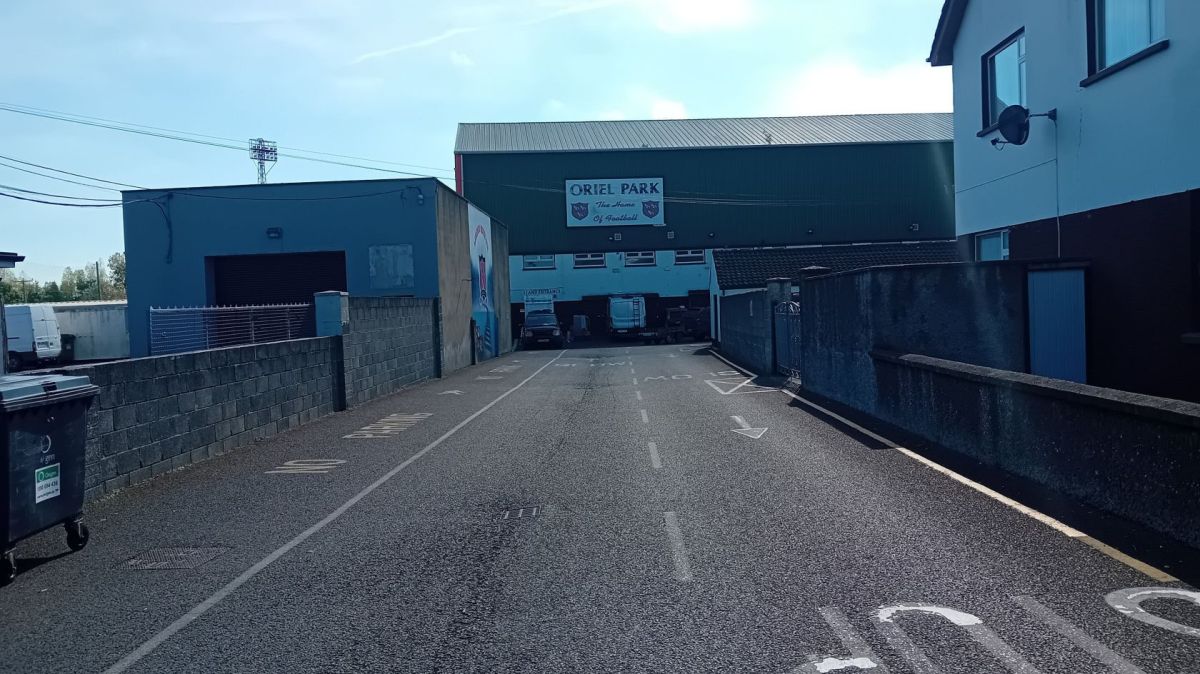Newly filed accounts for Ashbourne Visitor Centre Ltd, owned by the Coyle family, show that revenues declined by 5%, dropping from €27.43 million to €25.99 million. This decrease was largely due to a fall in visitor numbers, which dropped from 750,000 to 710,000 over the year.
The decline in financial performance came before the park’s May 2024 launch of Europe’s largest intertwining rollercoaster. The €22 million investment includes rides named Na Fianna Force, The Quest, and The Celtic Dreamer. These attractions are part of a new 6.5-acre section of the park called Tír Na nÓg.
The ambitious project, initiated by the park’s late founder Raymond Coyle, took seven years to complete. His son and company director, Charles Coyle, now manages the park. Speaking earlier this year to the Irish Independent, Charles expressed hopes for significant growth in 2024, stating: “I will be extremely disappointed if we don’t get 850,000 or 860,000” visitors.
The investment coincided with a substantial €11.99 million spent last year on acquiring tangible assets, following €8.85 million under the same heading in 2022. This brought the book value of the company’s tangible assets up from €46.7 million to €55.16 million.
The company’s profits for 2023 accounted for non-cash depreciation costs of €3.37 million and interest payments of €268,464. EBITDA (earnings before interest, depreciation, amortization, and tax) totalled €8.1 million, down from €9.48 million in 2022.
In the directors’ report, they described the financial performance as satisfactory “given existing market conditions.” They also acknowledged challenges related to competition and margin pressures but expressed confidence in managing these risks and achieving continued growth.
Employee numbers increased from 314 to 344 last year, with staff costs rising from €7.65 million to €8.13 million. The decline in revenues supported the case for new rollercoasters, which were deemed necessary “to safeguard the park’s future viability and its position as one of the country’s top attractions.” A planning document for the new rides noted that theme parks typically need to add new attractions every two to three years to maintain visitor numbers.
The company recorded a post-tax profit of €3.8 million after a corporation tax charge of €626,082. Shareholder funds stood at €32.7 million, while cash reserves fell from €14.7 million to €7.78 million.















